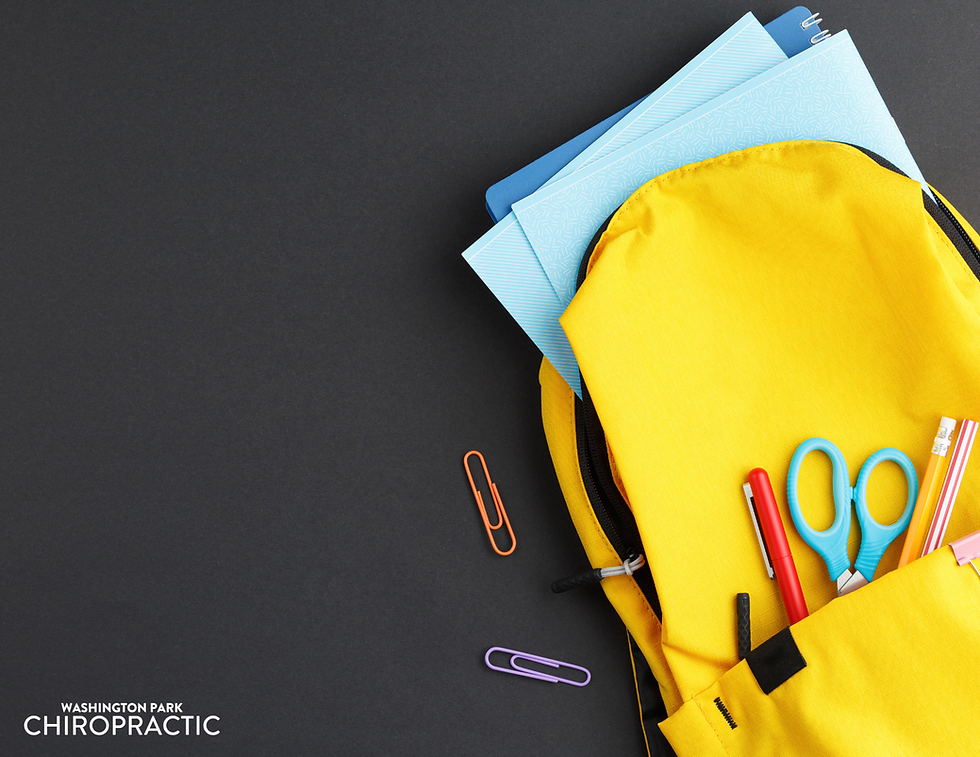Snow Shoveling Tips
- Wash Park Chiro

- Nov 13, 2019
- 2 min read
Dr. Katherine Mullen, MS, DC

Snow has finally fallen in Denver, which means it’s time to break out the shovels to clear our driveways and sidewalks. But have you thought about protecting your back while shoveling snow? Most of us will answer no because we’re trying to get the job done as quickly as possible because it’s cold outside.
Why do we experience back pain after shoveling and how does it take a toll on our back over time?. The most common positions that we injure our lower back is bending forward, also known as flexion, and combining flexion with rotation. Unfortunately, this is how we usually shovel. We flex forward to try to pick up more snow and twist to get it out of the way.
Now let’s talk physics and biomechanics. When a load, in this case snow, is far away from the fulcrum point, which is defined as the point on which a lever rests, aka the middle point, the heavier the load is going to feel. This is also going to put more strain and stress on the musculature of the back because the muscles now need to produce more force in order to be able to move the load (snow). The lumbar spine also does not have as much rotation as we think. We actually only have an average of 5 degrees of rotation. That’s not very much at all. This is a further indication of why we shouldn’t be twisting primarily from our lower backs when shoveling because our bodies are not built for it.
We can fix this issue by changing our biomechanics but also by changing the type of shovel used in order to help reduce overall pain. A few things to remember when shoveling are
1. Hinge at your hips rather than flexing from your low back
2. Lift from your legs and hips, not the low back
3. Get your biceps into the action by using your arms
4. Turn your whole body to dump the snow to the side, rather than twisting at your waist
Below are a few recommendations to consider when buying a shovel:
Handle: it is recommended that the handle of the shovel should reach the middle of your chest in order to reduce flexion
Shaft (bent vs. straight): bent not only reduces the amount of flexion, but it also causes the stabilizers of the low back (lumbar paraspinals, quadratus lumborum, erector spinae) to not be as loaded due to the reduced mechanical load
After a long morning of shoveling, help your body recover by applying heat to your low back for 15 minutes at a time, making sure to place a towel between the skin and the hot pack. Added bonus, it’ll warm you up after a cold morning
Katherine Mullen, DC, MS is a chiropractic physician with a masters in sports medicine. She has a special interest in the treatment of athletes through chiropractic and rehabilitative care. She is also certified to perform pre-participation physical exams (PPEs). Stay connected with Dr. Mullen on Instagram @washparkchiro or @katherinemullen




Comments